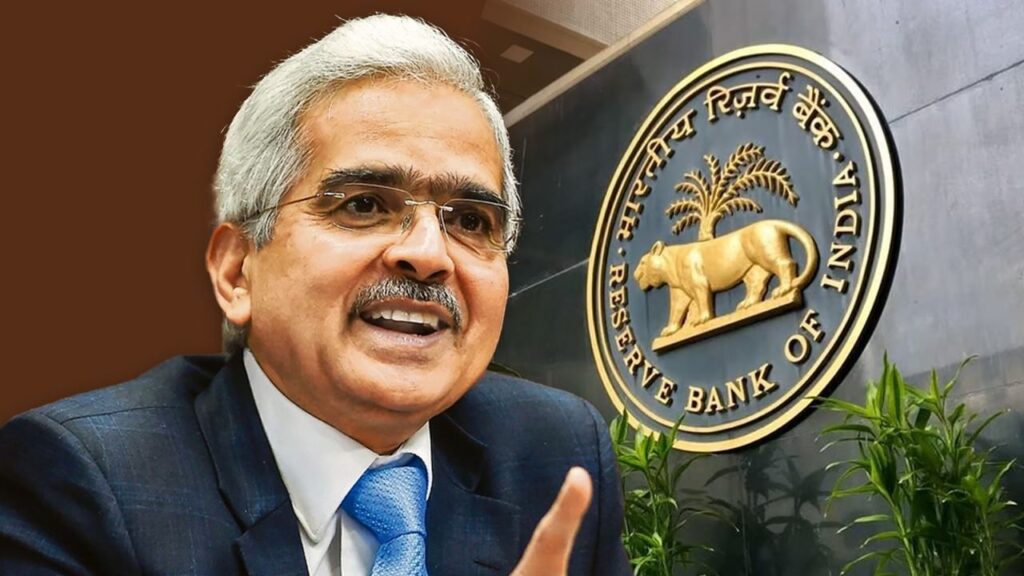Introduction
The Reserve Bank of India (RBI) is poised to trigger a significant transformation in the lending landscape, particularly for the MSME (Micro, Small, and Medium Enterprises) sector. RBI Governor Shaktikanta Das announced the ongoing pilot testing of the Unified Lending Interface (ULI) on August 26. This technology-driven platform aims to streamline the loan approval process and cater to the needs of rural and small borrowers by enhancing efficiency and reducing assessment time.
The Revolution in Loan Sector
Governor Das highlighted the immense unmet demand for loans in various sectors, especially agriculture and MSMEs. He expressed optimism that ULI will address these challenges effectively and is expected to launch nationwide soon. Just as the Unified Payments Interface (UPI) revolutionized the payment ecosystem, there are high hopes for ULI to bring about a substantial shift in the lending sector.
Digital Transformation in Banking Services
The ULI is part of the RBI’s broader initiative to digitize banking services. This unified platform makes extensive digital information available, including land records from multiple data providers related to borrowers. By significantly reducing the time needed for credit valuation, ULI will provide particular advantages for small-scale and rural borrowers, making the loan acquisition process more accessible.
Composition of the New Lending Framework
Das shared these insights while addressing a global conference on DPI (Digital Public Infrastructure) and Emerging Technologies in Bengaluru. The new platform operates on the consent of potential borrowers, ensuring complete data privacy. It also simplifies the complexities associated with multiple technical integrations. Governor Das emphasized that ULI would allow borrowers to access loans without the necessity of extensive documentation, marking a notable shift towards user-friendly borrowing solutions.
The New Triad for Financial Inclusion
Previously, policymakers relied on the JAM (Jan Dhan-Aadhaar-Mobile) trifecta to enhance financial inclusion. However, they are now proposing a new triad: JAM, UPI, and ULI. This new framework aims to leverage existing technologies while further promoting financial accessibility.
Central Bank Digital Currency (CBDC) Integration
The gradual rollout of Central Bank Digital Currency (CBDC) is another landmark step in India’s digital public infrastructure journey. The RBI’s primary focus areas for DPI include ULI and CBDC, with ongoing efforts to merge UPI and CBDC to simplify payment processes and deepen financial inclusion. Both ULI and CBDC will work synergistically, enhancing the digital lending and payment ecosystem.
International Collaboration for AI Advancement
Furthermore, Shaktikanta Das revealed that India will serve as the leading chair for global AI partnerships in 2024, collaborating with 29 countries to support advanced research initiatives. This commitment underscores India’s strategic positioning in the global technology landscape, aiming not only to innovate domestically but also to forge international alliances for technological advancement.
Conclusion
In conclusion, the introduction of the Unified Lending Interface represents a transformative step in making loans more accessible, particularly for the underserved rural and MSME sectors. The RBI’s initiatives signify a forward-thinking approach to banking and financial inclusion, harnessing the power of technology to meet the evolving needs of borrowers in India. As these systems roll out, they promise to reshape the financial landscape, driving growth and prosperity across various sectors.

